Deforestation is a devastating word with bleak connotations, and like it or not however we phrase it, it means the same thing. Losing forests! However, before we hit rock bottom, let’s put on our detective hats once more, take out our magnifying glass and get right on up to the ins and outs of deforestation, its causes, what and who it affects as well as what can be done to make it a bit less devastating.
What is deforestation?
Deforestation is when, either by force of nature or by force of man (god damn force of man) forests are burned, flattened, clear felled, torn down, in what is a controlled, yet often reckless dismantling of native trees and the world of nature that exists within them. It is the unsustainable practice of removing forests and is carried out in different ways for a variety of reasons, many of which are harmful.
Deforestation can also come naturally through annual forest fires. This is in some instances simply part of the natural cycle where it all must burn sweetly to the ground then of the smoldering ashes life is born. Hooray!
But no hoorays just yet, we, unfortunately, are going to focus on the anthropogenic influence and how us human folk are the driving cause for the dwindling number of forests that we can see today, which has been particularly ramped up in the last 60 years.
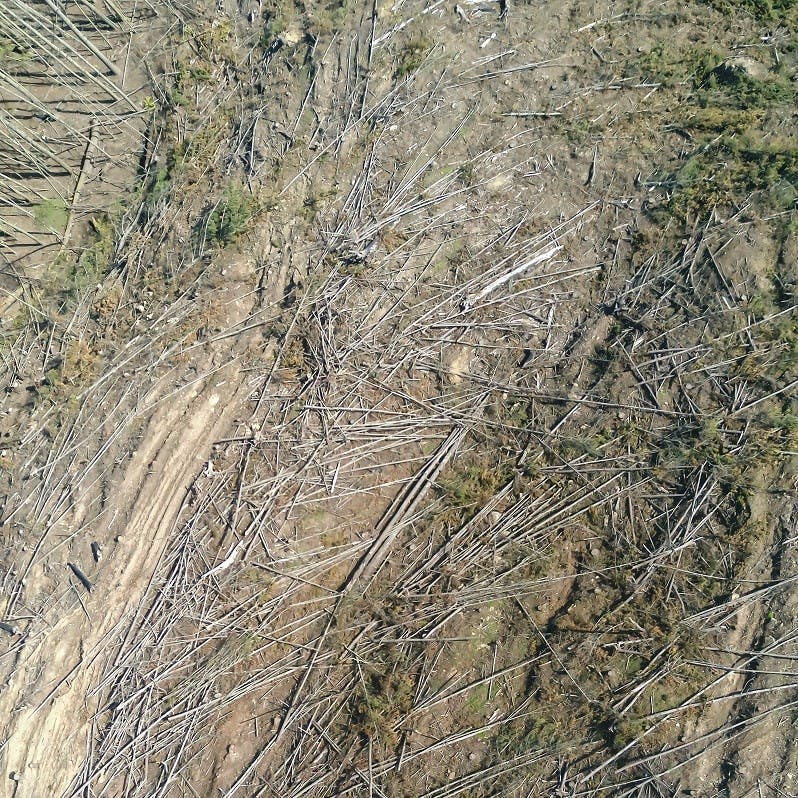
Forest cover by country
If I kindly draw your attention to the map below, we can clearly visualize forest cover by country!
Before us humans started getting all up in nature's face, the earth looked very different. So much forest, over 66% of the earth was made up of pure native forest, which has fallen to around just 30% today.
The European average for forest cover is around 38% but many countries fall far below this average. Ireland (11%), the UK (13%), Netherlands (8%) and Malta (11%).
Ok ok, we get the undeniable trend here. Even though it began a very long time ago, as recent as the 1970s, in Indonesia for example, forest-covered most of the land on their 17,508 islands. However, deforestation intensified to the point where the estimated forest cover of 170 million hectares decreased to less than 100 million hectares by the end of the 20th century. Such previously untouched forests were an integral part of the landscape and as we are now learning that such an enormous change can lead to irreversible and devastating consequences.
But where is all the forest going?
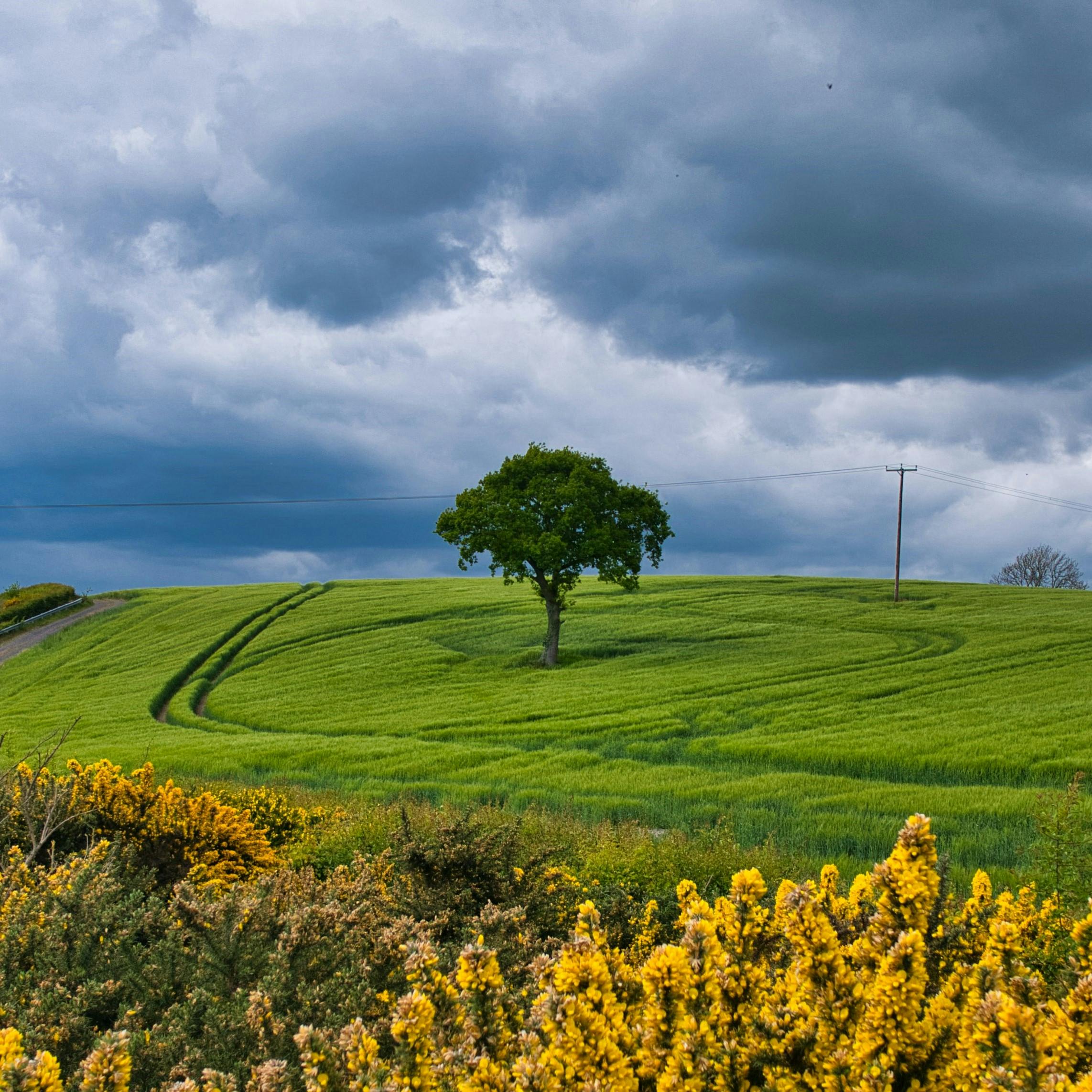
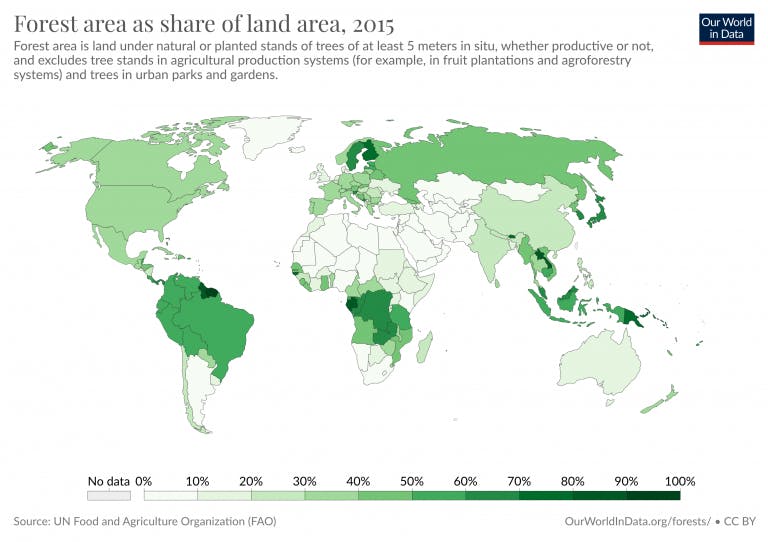
Drivers of Deforestation
Forests, be they intact or exploited, have been vitally important to the human folk. They have been providing resources to us humans for millenia but since the 1960’s deforestation has seen exponential growth.
Agriculture, mining, resources, housing and within each of these points, lies the many directions it can go. Today, the vast majority sees forests cut down to instead grow monocultures (boooo) like soy and palm oil. Most of this soy (80%), is not for us. No no, we don’t get that soy, instead it goes to feeding livestock like pigs and chickens.
Meat, soy, palm oil. - That’s what is being produced and traded for millions of hectares of endemic trees, habitat for sensational species as well as our earth's carbon sinks. I’m just gonna say it, it’s a bad trade.
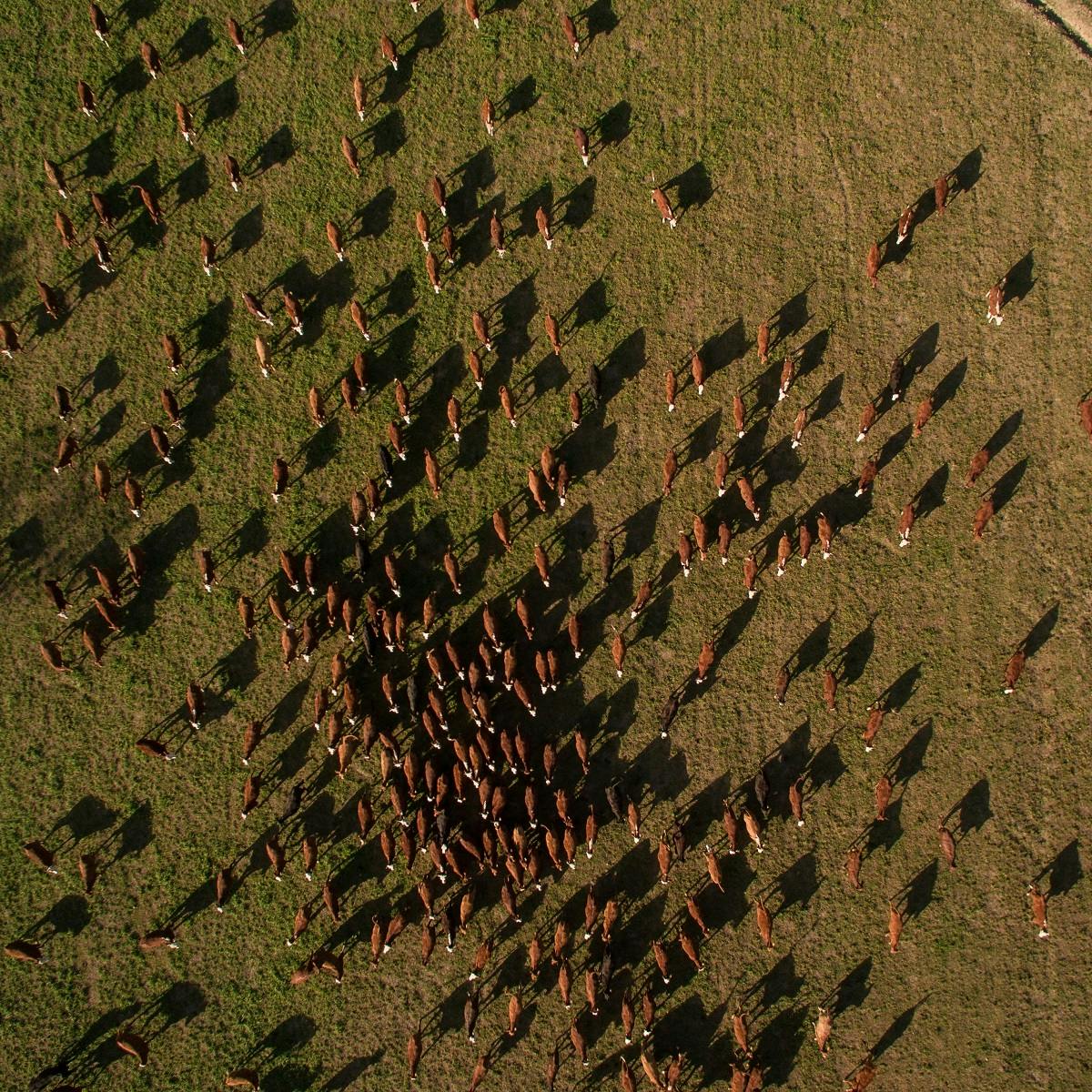

Take action now
Do you want to have a direct impact on climate change? Sir David Attenborough said the best thing we can do is to rewild the planet. So we run reforestation and rewilding programs across the globe to restore wild ecosystems and capture carbon.
Get involvedFast Facts about Deforestation
Some quick and hard hitting, in your face facts about deforestation.
1. Within 100 years, it's projected that the earth's rainforests will disappear!
2. Many medicines and even cancer-curing pharmaceuticals are found in rainforests.
3. EVERY SECOND ONE AND A HALF ACRES DISAPPEAR.
4. 11% of global emissions are due to the destruction of forests.
5. 50% of the dry biomass of a tree is comprised of carbon dioxide.
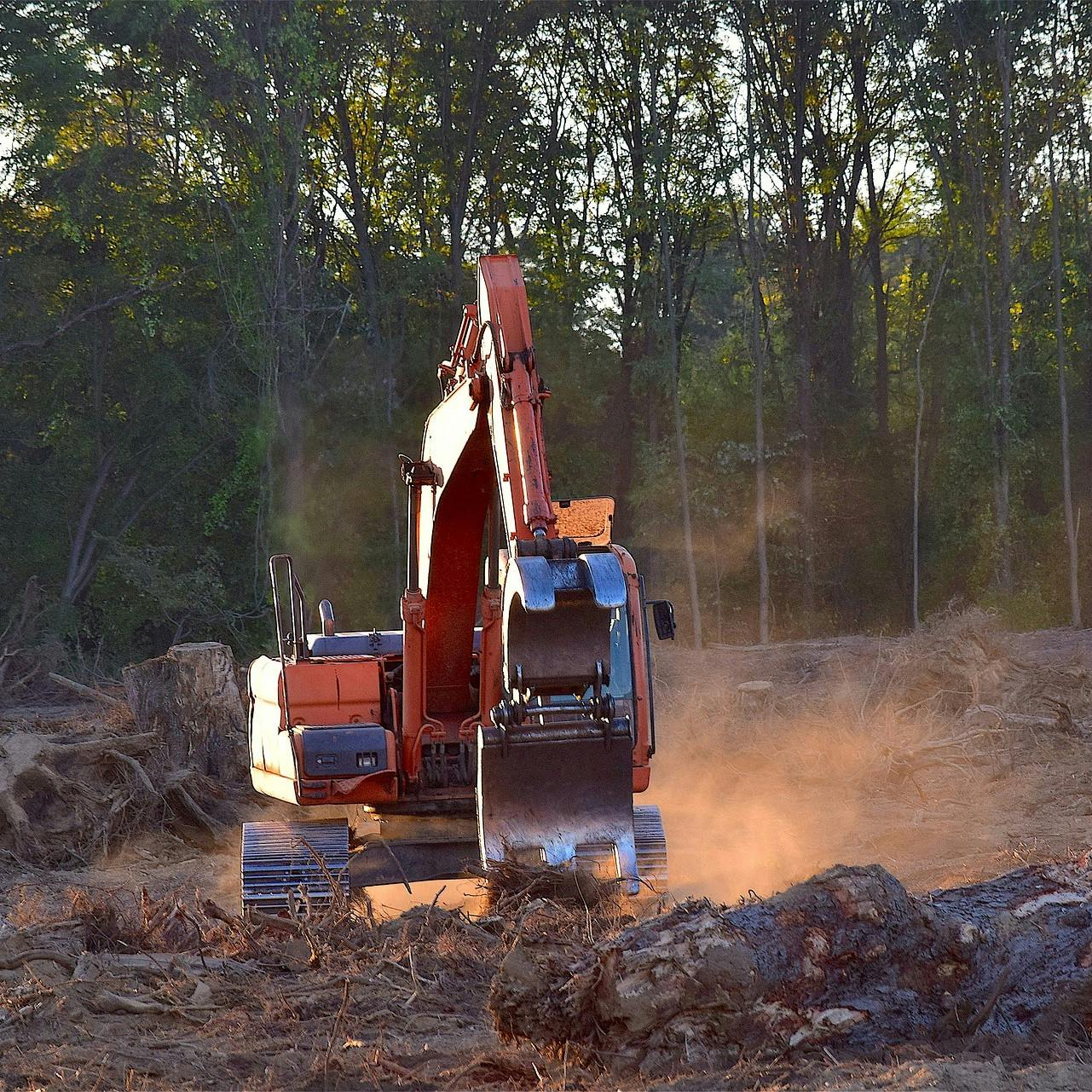
Forests are a fundamental component of our planets recovery they are the best technology nature has for locking away carbon and they are centers for biodiversity, the two features work together, the wilder and more diverse forests are the more effective they are at absorbing carbon from the atmosphere
Sir David Attenborough
Effects of Deforestation
Are plentiful, and negative.
Some techniques for clearing forest for agriculture will see truly enormous swathes of pristine forest burned to the ground with the wood not-even being re-purposed. Habitats are lost in the fire, plant and animal biodiversity is pushed ever closer to extinction.
Tree species are suffering just as much as animals too. 42% of European tree species are in danger of going extinct. Of course, deforestation is one of the big players here. The trees give us food, resources, cleaner water, medicine as well as having deep cultural significance. From a purely selfish perspective which they have been providing us with for millennia. If trees go extinct, we lose everything they give us.
As we learned moments ago, the burning of forests contributes to a pretty significant part of our carbon emissions. In the process of deforestation, huge amounts of carbon dioxide are released into the atmosphere. Especially when our planet and species are so precariously balanced on the edge, we simply cannot afford to be so reckless and wasteful.
People's livelihoods are threatened, habitats and homes are lost, soil quality degrades, are carbon sinks are damaged and the balance of nature is upset. With all this in mind, we must learn how it can be stopped, we need it to be stopped!
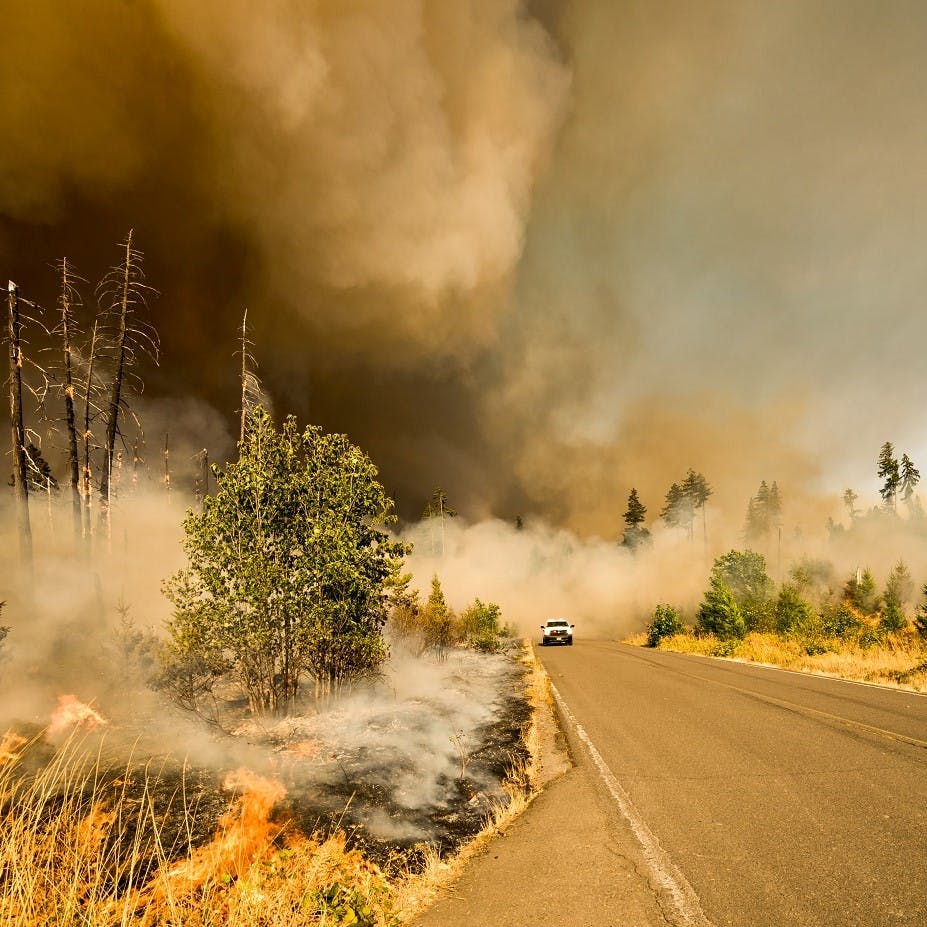
Reforestation vs. Afforestation
This is actually, a tremendously important point. Some of us are inclined (myself included) to jump to conclusions before we understand them fully. We learn that the earth is going through a 6th mass extinction, we know that more carbon dioxide needs to be removed from the atmosphere so, obviously we think “We need to plant more trees, fast!".
This is an almost reasonable response although it’s critical we must understand that we cannot just plant trees anywhere. We have to learn the ecology of an area and if there were no trees there before, it can almost be more negative to start planting there.
Tree species are endemic to an area for a reason, they fit in with the environment, the soil, the animal species, and the other tree species. They all weave and work together creating ecological balance. Working to restore and maintain balance is the scientific art of ecology. Us human folk have ignored it for centuries, in part because we were delightfully unaware of the catastrophic harm deforestation would cause when we neglected and exploited these environments. We now have our final chance to create the space and protection for allowing trees to return as best they can by way of afforestation or reforestation.
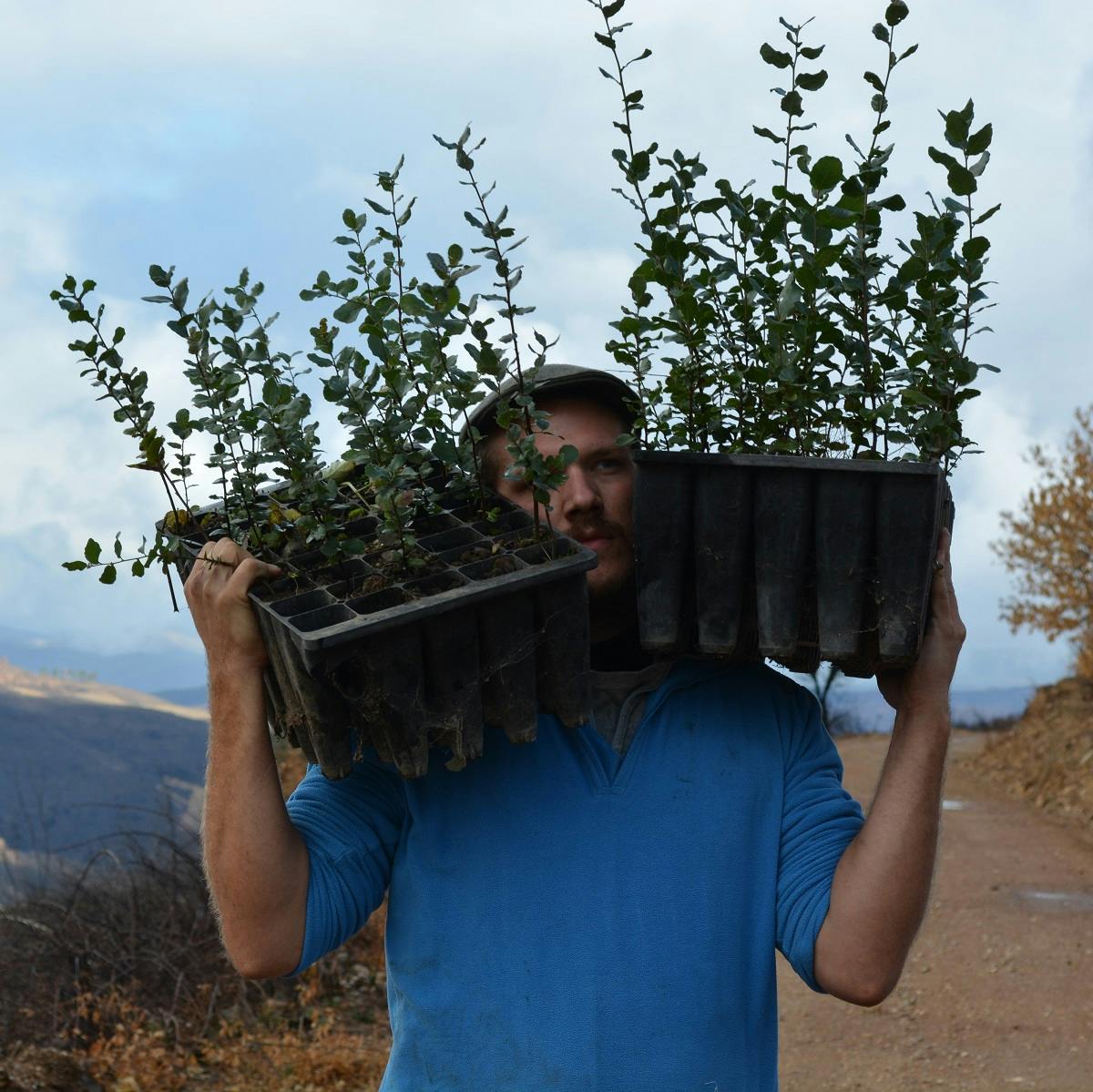
Afforestation: When there were no trees in an area before, but you pull up your bootstraps and see to it that there’ll be trees there now. Afforestation when done correctly can be an excellent natural solution to prevent flooding as well soil erosion. It can also be a valuable tool in the fight against global warming. However, if done incorrectly, it can be very, very damaging, particularly to wildlife. Some areas, even if they lack tree cover, provide invaluable habitat and resources for wildlife such as grasslands and wetlands. If we rock in and start planting trees, it could be disastrous to the local ecology. If we also just start planting a single species monoculture, this provides little in the way of diversity be it plant or animal and also makes for one gloomy nature trail.
Reforestation: When deforestation has razed forests to the ground, reforestation can return it to its original state. It is planting native trees that are endemic to the area to bring back the forest that was once there. It can be done either naturally or by human intervention but reforestation is the opportunity to plant a diverse range of native trees, opposed to a single-species (monoculture) we often see with afforestation. This is so important for several reasons which we will look at right now.
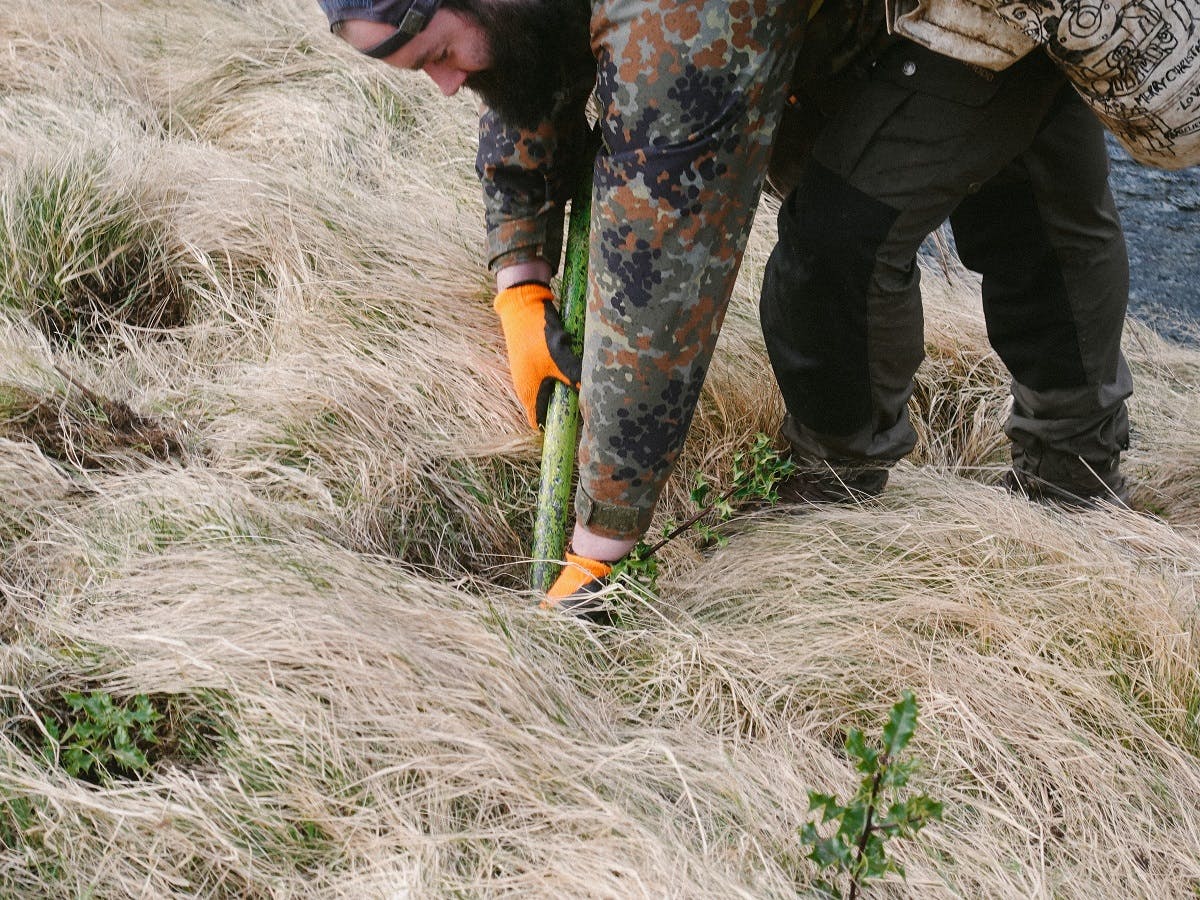
Importance of Reforestation
Straight out the gates, reforestation is one of the best ways we can fight climate change and fight the loss of nature. We need to replenish the trees we have taken in the millennia since deforestation began. The more trees, the more carbon dioxide that is taken from the atmosphere as well as the levels of methane in the air become greatly reduced.
Another important gain that comes from reforesting, is that soil can return to its healthy, natural state. Reforestation reduces soil erosion which is a harbinger of plenty other serious problems. One-way soil quality is improved is when fallen leaves fertilise the soil and provide much needed nutrients. Another is by the tree’s roots, stretching and spreading their wriggling-selves under the ground and holding the earth in place.
We are losing the planet's biodiversity at alarming rates, and many of our tree species are threatened with extinction. 1 million to be precise, animal and plants are threatened with extinction. This is not the legacy we want to leave, is it?
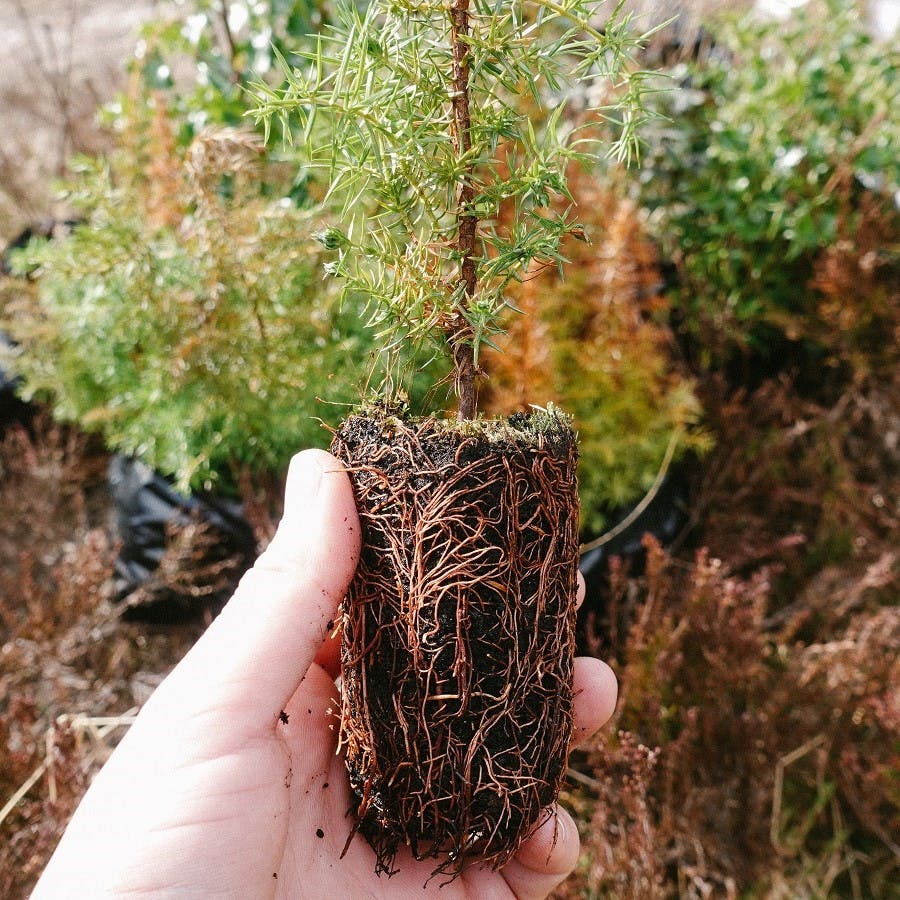
What can I do as an individual to fight deforestation?
Even though we as individuals might not be near the areas suffering most from deforestation, there is plenty we can do to help.
- Start having informed and non-conflictive conversations about deforestation with your family and friends and if you’re feeling bold, write to your local politicians.
- Spread the awareness of this issue by sharing this article.
- Notice the amount of tree cover where you live, do you think it’s enough? If not, talk to your local council and if they have a biodiversity officer and speak with them to find out what’s happening.
- In your purchasing too, you can make a big difference. Try only buying products that have Rainforest Certified or RSPO (sustainable palm oil) logos or certification. Also, consider reducing the amount of meat you consume.
- On top of these small achievable goals, consider donating to one of the many great organisations restoring nature and fighting deforestation.

What we are doing to tackle deforestation?
At Mossy Earth we support and manage projects that aim to restore ecosystem services, conserve biodiversity, reverse deforestation and combat the impacts of climate change. Our reforestation projects are not just about increasing tree cover. We look for projects that take into account species diversity and functionality, how trees can provide ecosystem services like soil stabilization and water purification, and their role in providing habitat for local flora and fauna. We also look for projects that consider how the project can help combat and mitigate climate change. Not all reforestation projects are equal and improper design can actually contribute to increased carbon emissions. Our reforestation projects are an important part of our wider rewilding efforts, which is why we select reforestation projects that will, above all, help to rewild degraded landscapes.
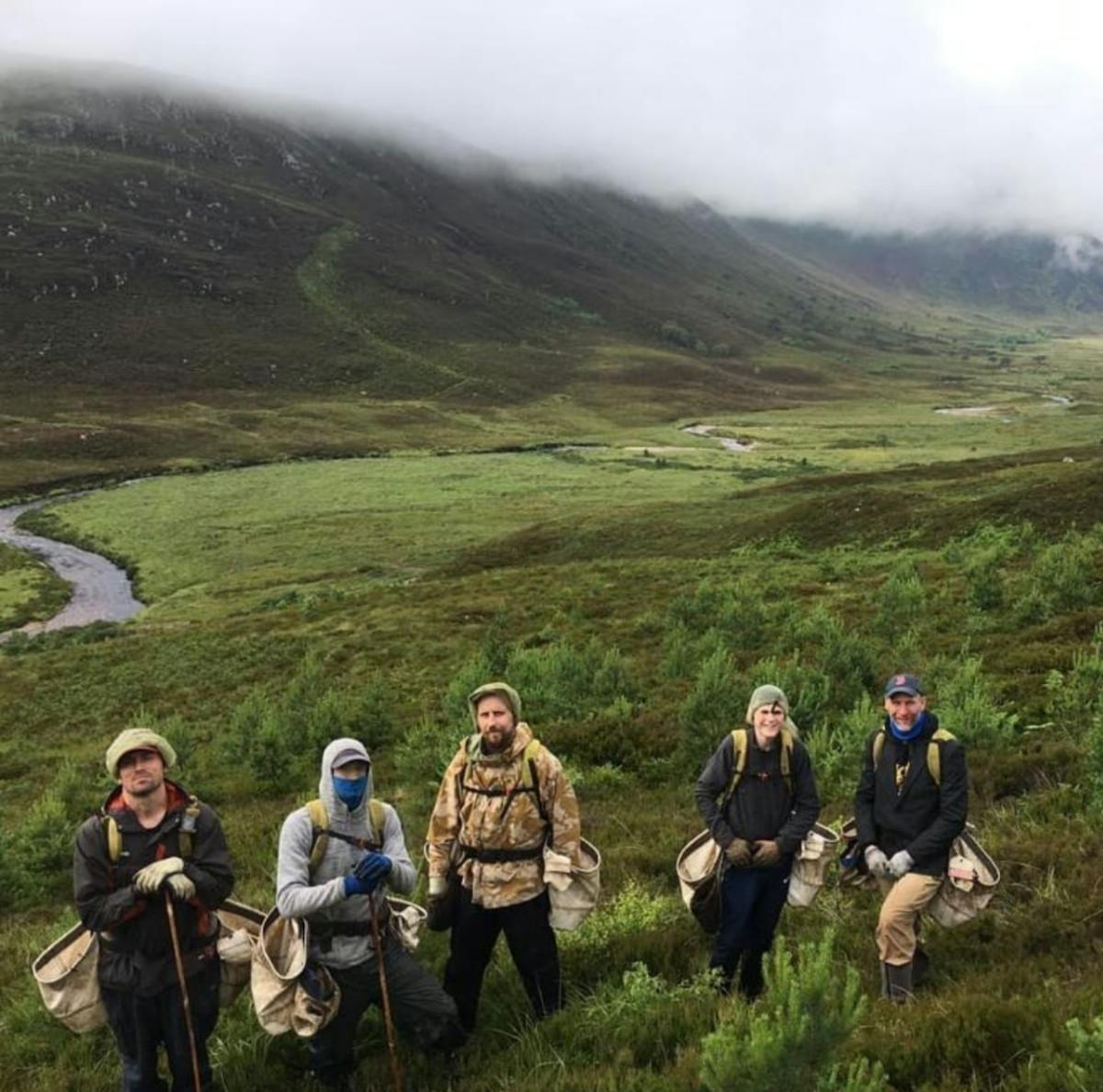
Glossary of terms
Afforestation is the establishment of a forest or stand of trees in an area where there was no previous tree cover.
Reforestation is the natural or intentional restocking of existing forests and woodlands that have been depleted, usually through deforestation.
Clear cutting / clear felling is a method of harvesting and regenerating trees in which all trees are cleared from a site and a new, even-aged stand of trees is grown.
Biomass is the burning of plant or animal material for energy production.
Methane Methane is a powerful greenhouse gas.
Soil erosion is the removal of the most healthy top part of the soil through water, wind and tillage.
Endemic plants or animals native and restricted to a certain place.
Climate Change is where weather patterns over a long period of time are disrupted. This could lead to unpredictable weather and irreversible ramifications if left unchecked, which would affect the entire world.
Carbon Dioxide (CO2) is a compound made up of one Carbon and two Oxygen atoms. It occurs naturally in the earth’s atmosphere as an odorless gas however due to human beings, enormous quantities are now found in the air which causes the heating of our climate.
Sources & further reading

- “Effects of Deforestation” - wwf.org.uk
- “Forest Carbon” - Nasa Earth Observatory
